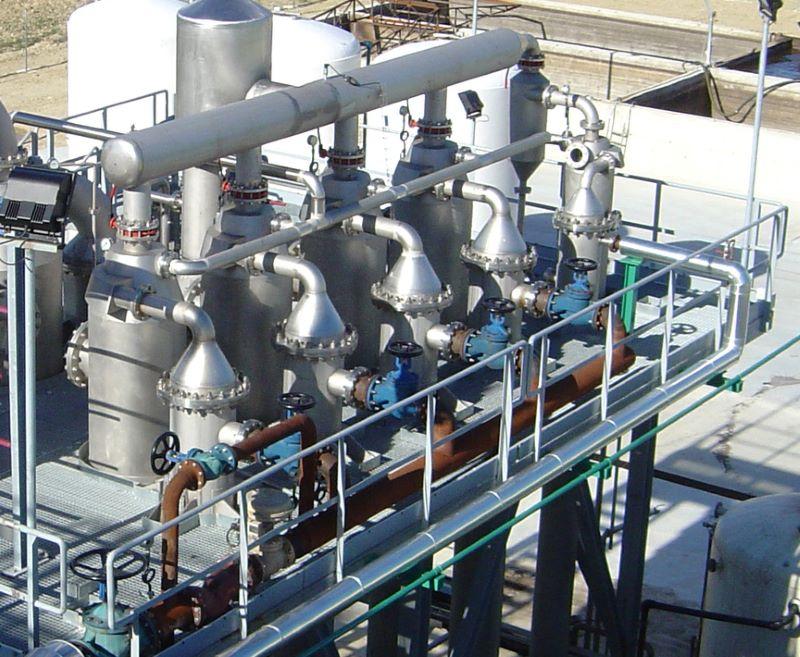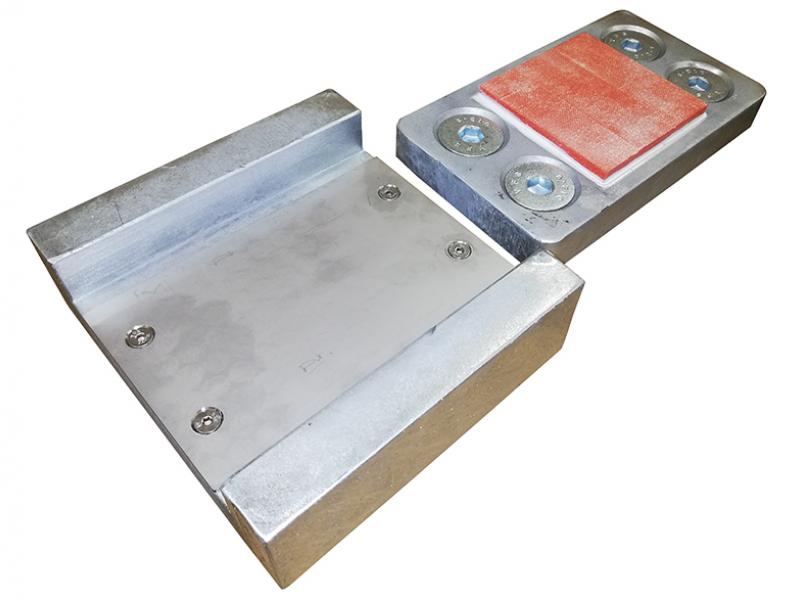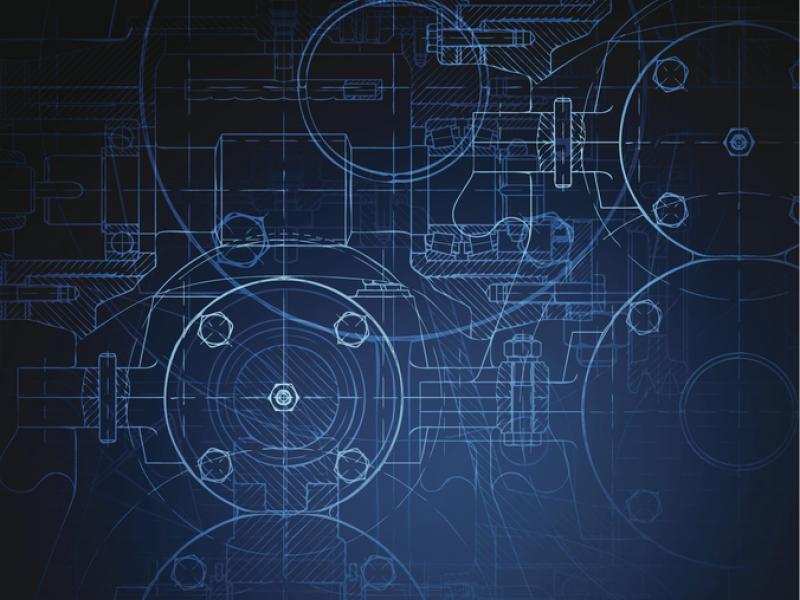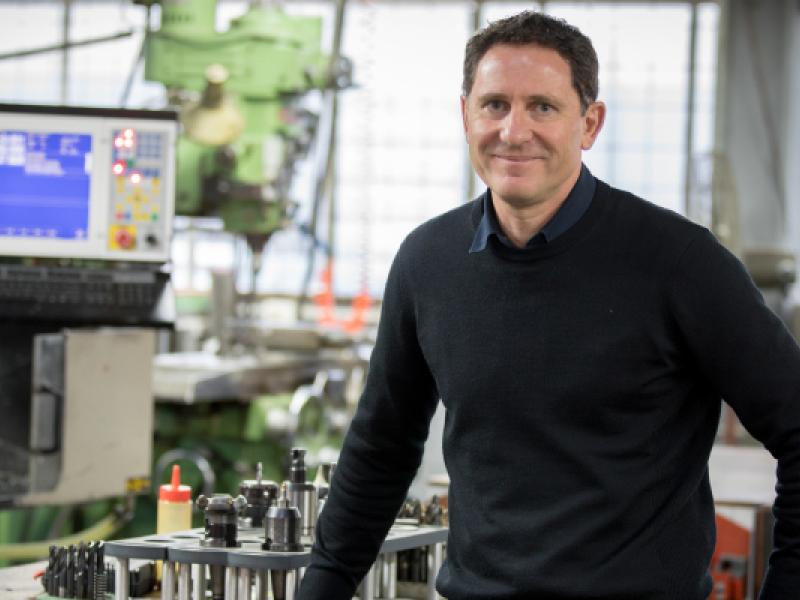Wastewater and effluent can take many different forms, from relatively clean water which can safely be discharged to the environment with little or no treatment, to extremely challenging effluent containing high levels of dissolved or suspended solids, chemicals, and biological material. Some materials that can be particularly difficult to treat effectively and efficiently include landfill leachate, and industrial wastewater streams, many of which can no longer be discharged to the environment or even public sewage systems.
The exact types of treatment used will vary depending on many factors, including the nature of the wastewater or effluent stream/s, the material’s chemical, and biological oxygen demand (COD & BOD), the standard required for the final material, and whether material capture and reuse are required, to name just a few. However, evaporation is becoming increasingly popular as a way of effectively separating the liquid and solid waste streams.
Examples of difficult effluents
Landfill leachate is formed from water which has entered the landfill from external sources (rainfall, surface water and groundwater) as well as the putrefaction of waste materials in the landfill. The composition of landfill leachate will vary with the age of the landfill and the type of waste involved, but typically contains both dissolved and suspended materials, such as organic matter (alcohols, acids, and sugars, etc.), cations (sulphates, chloride, iron, etc.), heavy metals (like lead, nickel, cobalt, and mercury) and other complex organic molecules like PCBs and dioxins. Where large volumes of building waste or gypsum have been disposed of, hydrogen sulphide may also be an issue.
Industrial wastewater streams can include heavy metals, halogen compounds and other potentially harmful nutrients or suspended solids. Most countries or regions around the world have strict rules on the treatment and discharge of such waste streams, including requirements for the ‘zero discharge’ of wastewater (see below).
High levels of dissolved or suspended organic materials can also make effluents very difficult to treat. A few examples include liquid tannery waste, effluent from fish farms, and wastewater streams from abattoirs or even blood-processing laboratories.
Because of this variation in material and treatment situation there are also a wide range of treatment techniques which can be used to treat them. Physical separation options include settlement, submerged aeration filters (SAF), dissolved aeration filters (DAF), and induced air flotation. Other biological treatments (aerobic or anaerobic) and chemical treatments (such as de-salting, alkylation, and neutralisation) are also often required. However, the use of evaporation technologies to separate difficult effluents into water and solid waste streams (or highly concentrated sludges) is becoming increasingly common.
Zero liquid discharge and evaporation
Zero liquid discharge (ZLD) is a liquid waste stream treatment which involves transforming liquid waste streams into clean water (which can be reused) and a minimum volume of solid residues. It is particularly suitable for effluents which are hazardous, toxic, or difficult to treat using other methods. A well-designed ZLD system will minimise or eliminate liquid waste streams, resulting in clean water for reuse or environmentally friendly discharge, and a solid residue suitable for further processing (often to recover valuable components for use elsewhere) or safe disposal.
However, separating the water from the effluent requires large amounts of energy: it takes roughly six-times more energy to evaporate water (latent heat) at its boiling point then the energy needed to actually bring it to that boiling point (sensible heat). For this reason, the evaporation processes used for ZLD usually include energy optimisation in the form of multistage evaporators, thermal vapour recompression (TVR), or mechanical vapour recompression (MVR).
HRS has installed a number of evaporation systems to treat difficult effluents. Some of these are true ZLD systems, while others reduce the volume of liquid as sludges to enable more efficient management or further treatment.
The HRS solution
Depending on the effluent being processed, HRS can select from a series of technologies for designing the most optimal ZLD process. Energy optimization methods (multistage, TVR, MVR) can be combined with different heat transfer technologies and the overall process is be separated into three steps:
- Evaporation/concentration: The product is concentrated to just below its maximum concentration (saturation). The evaporation plant is usually a multistage evaporator setup.
- Cooling: if the maximum solubility curve is steep (large concentration at high temperature, low concentration at low temperature), the product obtained in step 1 is cooled, provoking immediate precipitation of dissolved solids.
- Crystallisation: Crystallisation/sedimentation of the solids produced in step 2 occurs in specially designed crystallisation tanks. A supernatant layer of concentrated solution remains after this stage and is returned to step 1 for reprocessing.
The coolers and evaporators used in these situations must be designed to work with difficult materials with very high fouling potential. For this reason, a typical HRS evaporator will use Unicus Series scraped surface evaporators that are self-cleaning and maintain optimal evaporation rates. R Series scraped surface coolers are also used for cooling the saturated solutions that are sent to the crystallization tanks. The result is an efficient process which can work continuously to treat the most challenging materials and effluents.
By Matt Hale, International Sales & Marketing Director, HRS Heat Exchangers






